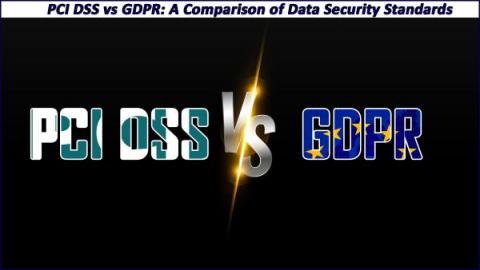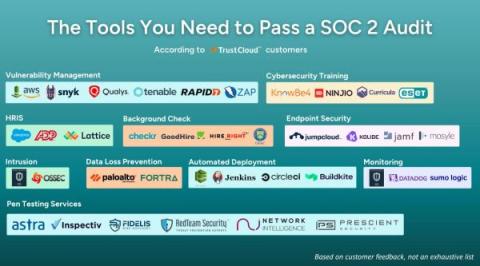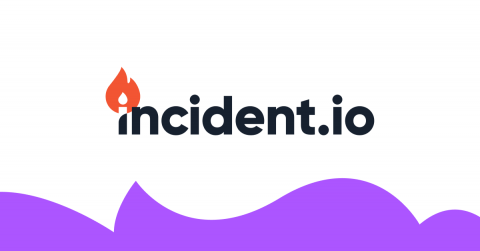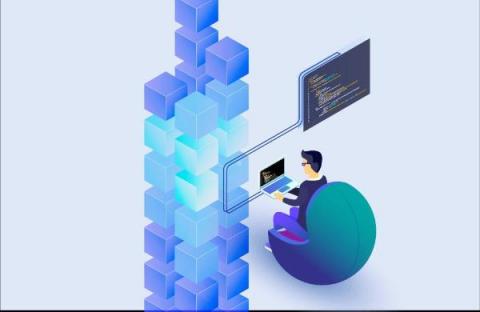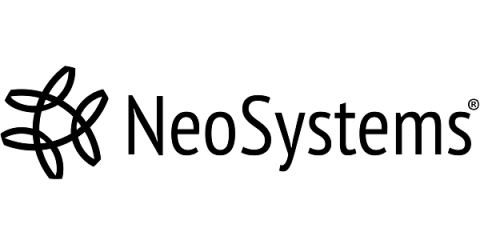Security | Threat Detection | Cyberattacks | DevSecOps | Compliance
Compliance
How SenseOn supports compliance
SenseOn helps organisations improve their security posture and provides the technical capability to meet many of the requirements of common cybersecurity standards. Globally, we have customers who have achieved compliance with ISO 27001, PCI DSS, SOC 2, CIS Top 18, HIPAA, GDPR, and more. This article addresses the most common standards and highlights how SenseOn can help.
Compliance Strategy for Small to mid-Sized Banks and Credit Unions
PCI DSS vs GDPR: A Comparison of Data Security Standards
Since the onset of the pandemic in 2020, global concern for data security and privacy has skyrocketed like a dazzling display of fireworks on New Year’s Eve. With an ever-increasing number of people utilizing online services and sharing their personal information on websites to engage in e-commerce transactions, the infrastructure for collecting and safeguarding consumer data has become of paramount importance.
A TrustCloud Trustimonial: Sevco Security
The Tools You Need to Pass a SOC 2 Audit
Achieving SOC 2 compliance often necessitates the use of specialized tools and software to address specific application and data security measures, but which ones are the best to get the job done? We asked our customers which tools they used and compiled their answers below. Now, let’s break down the tools that have helped our customers achieve compliance excellence, so you can, too. Tools or services marked with * denotes a partner or integration.
Case study: Calico Enterprise empowers Aldagi to achieve EU GDPR compliance
Founded in 1990, Aldagi is Georgia’s first and biggest private insurance firm. With a 32% market share in Georgia’s insurance sector, Aldagi provides a broad range of services to corporate and retail clients. With the onset of the pandemic in 2019, Aldagi wanted to make its services available to customers online. To this end, the company adopted an Agile methodology for software development and re-architected its traditional VM-based applications into cloud-native applications.
Fitting incident management into the SOC 2 puzzle
In today’s business landscape, security and compliance mean everything. Because of this, many modern businesses look towards solutions that will provide customers and prospects with the most confidence and trust. One of these is SOC 2 compliance and attestation. SOC 2 is a marker of solid and consumer-minded companies that want to protect customer data.
What You Should Know About Open Source License Compliance for M&A Activity
Companies are increasingly concerned about the security of applications built on open source components, especially when they’re involved in mergers and acquisitions. Just like copyright for works of art, each piece of open source software has a license that states legally binding conditions for its use.





